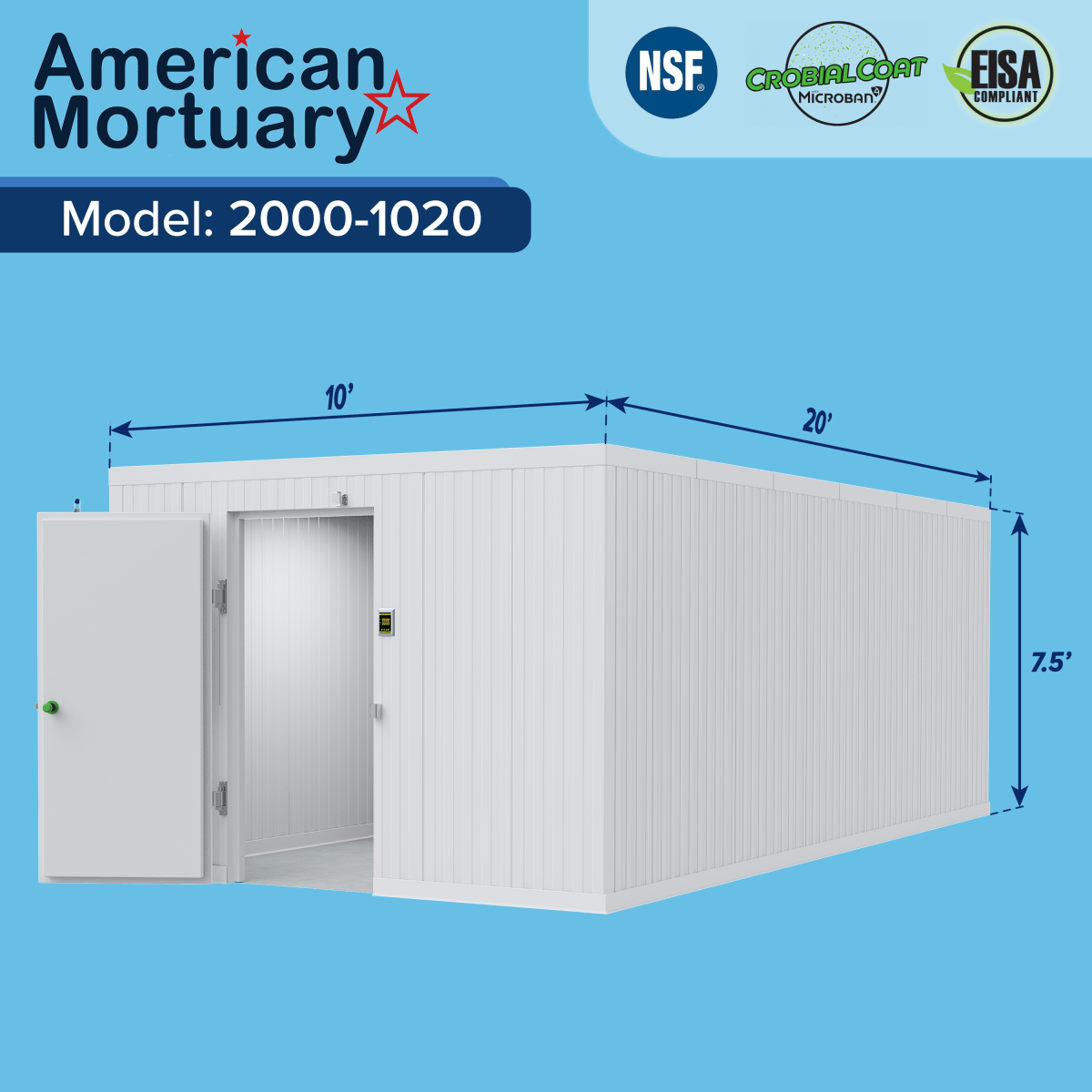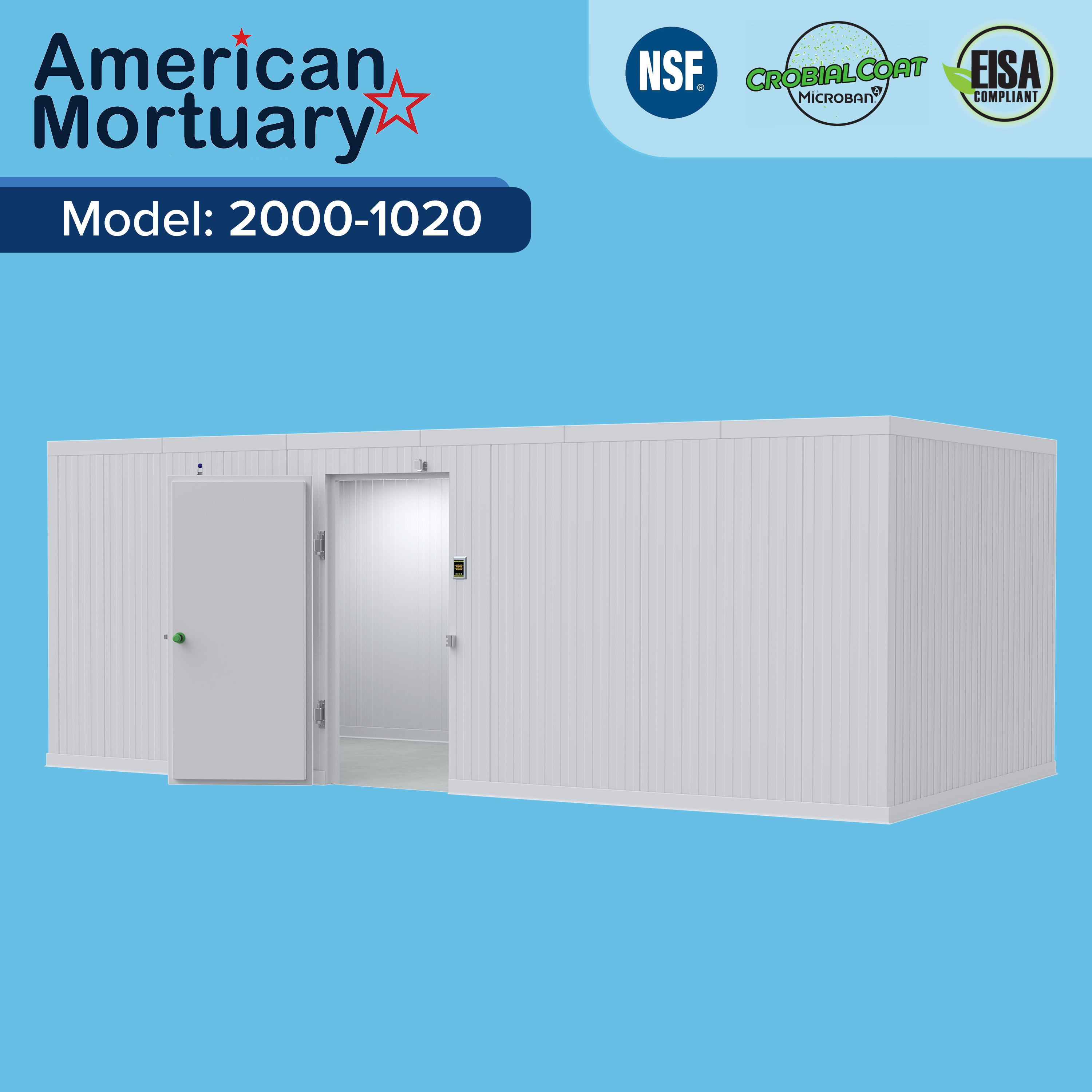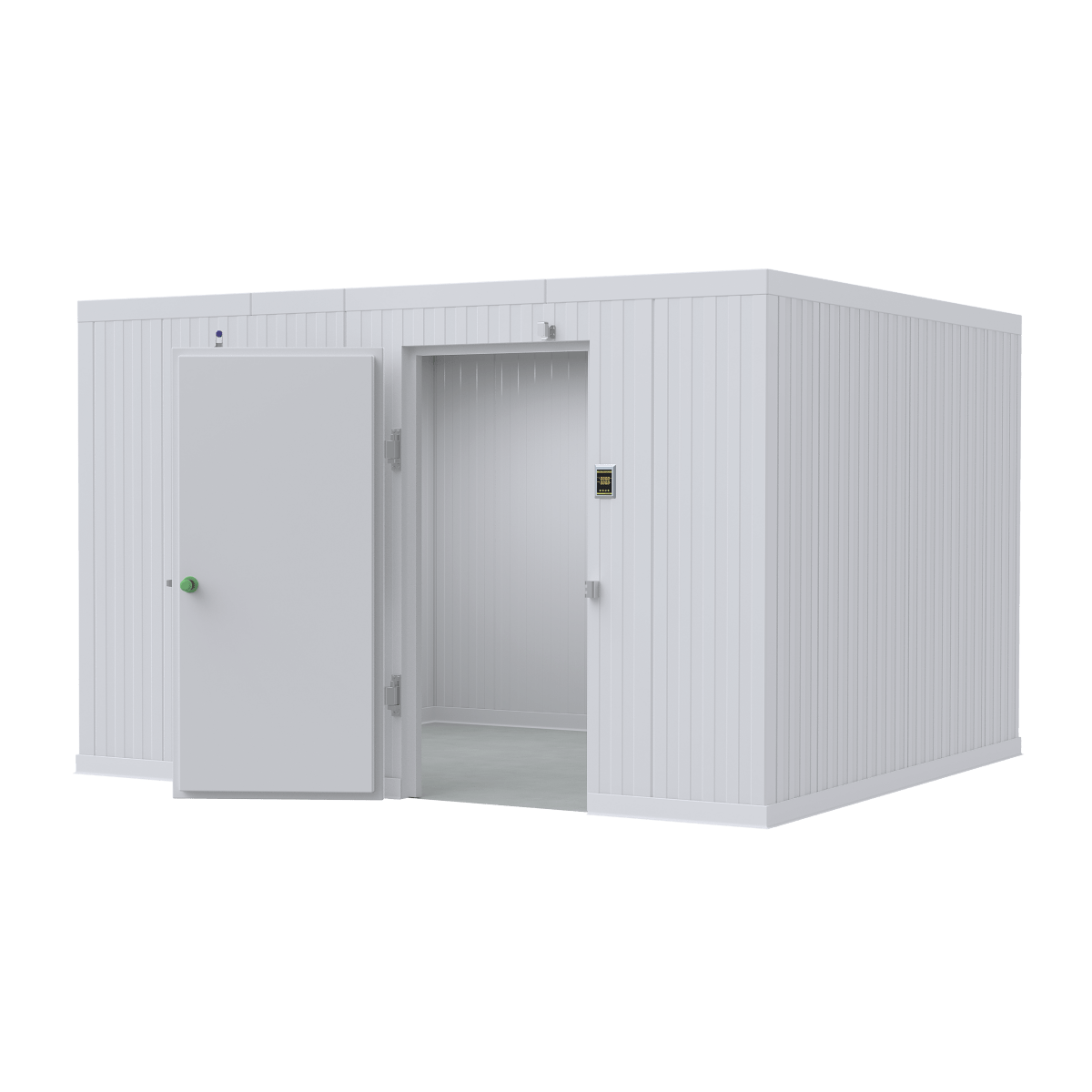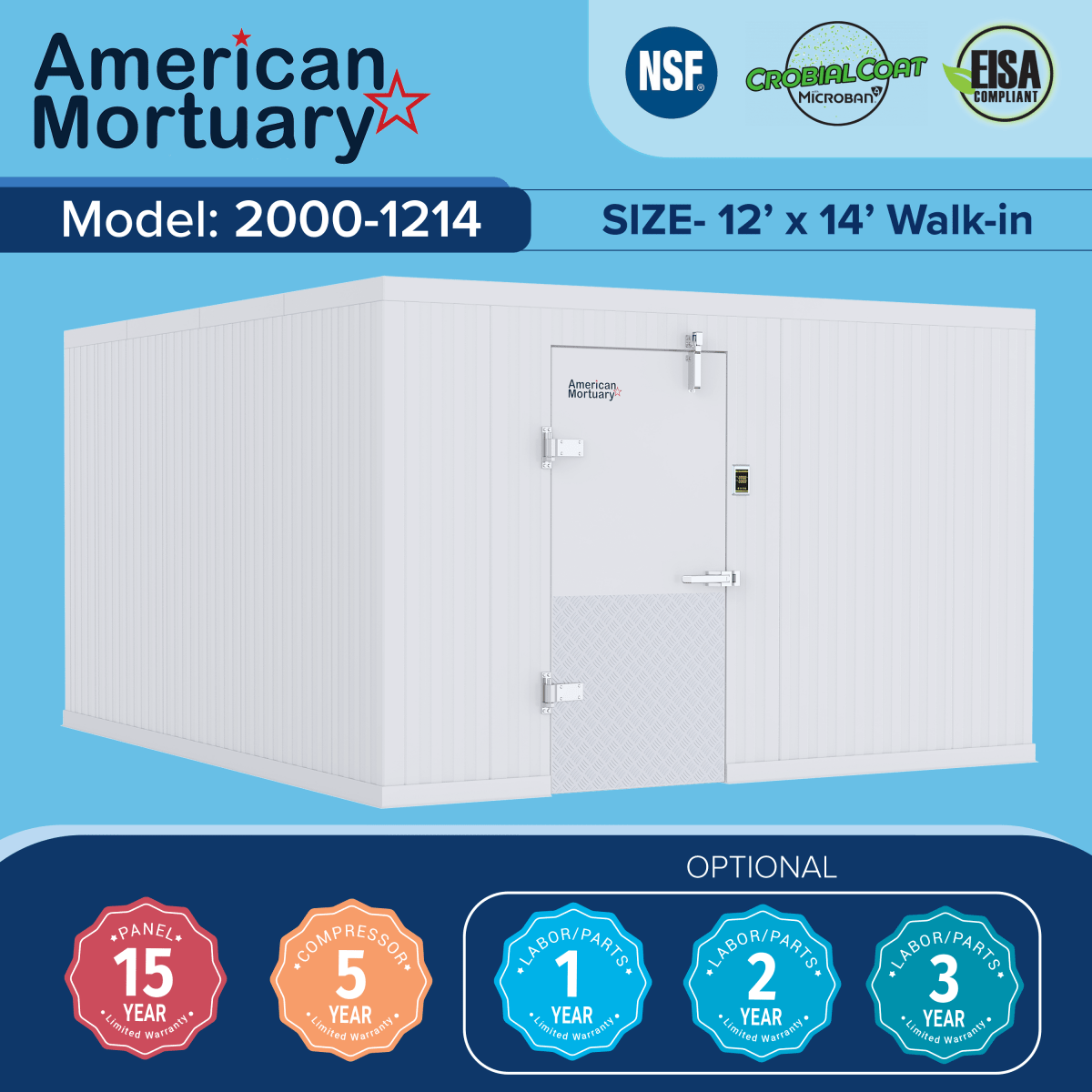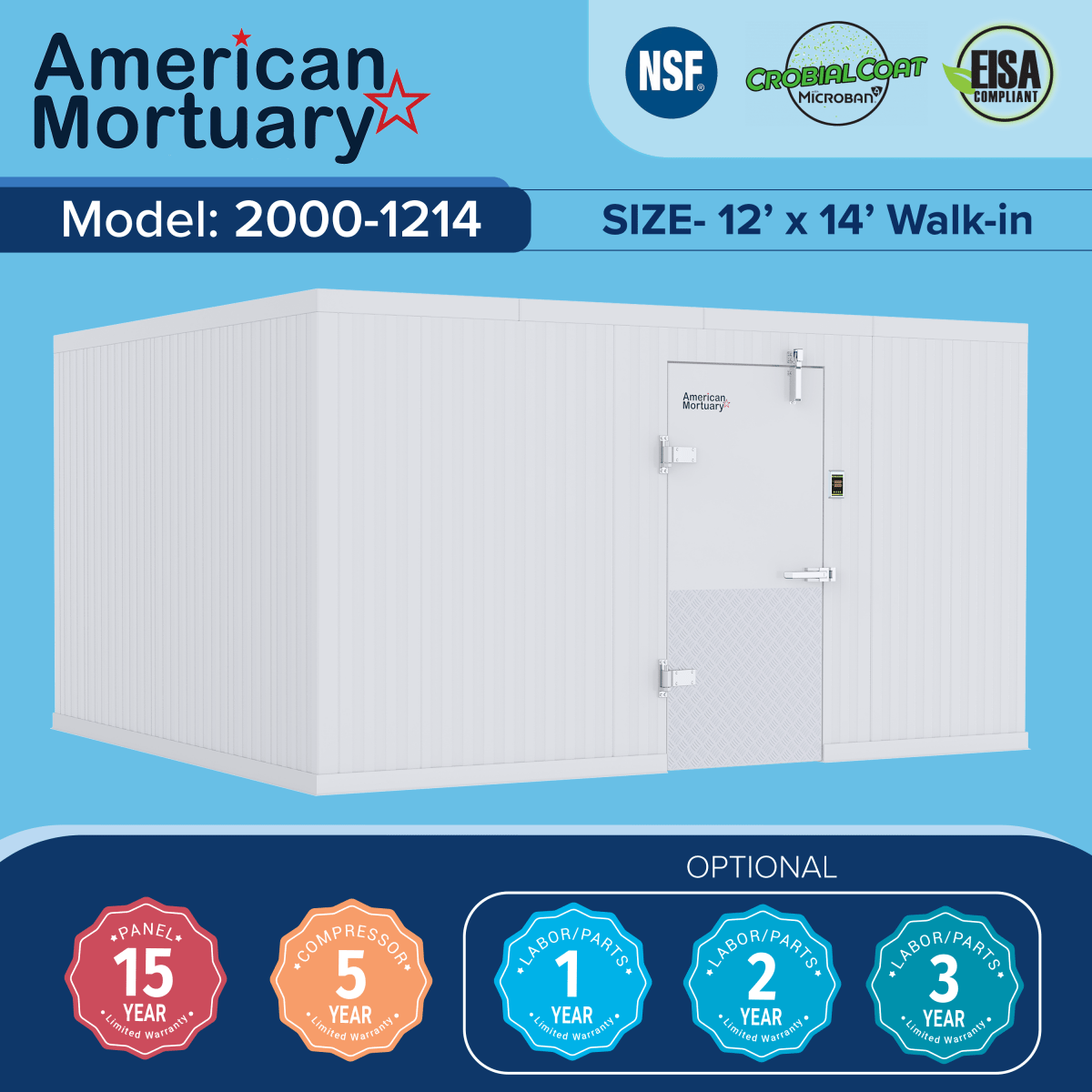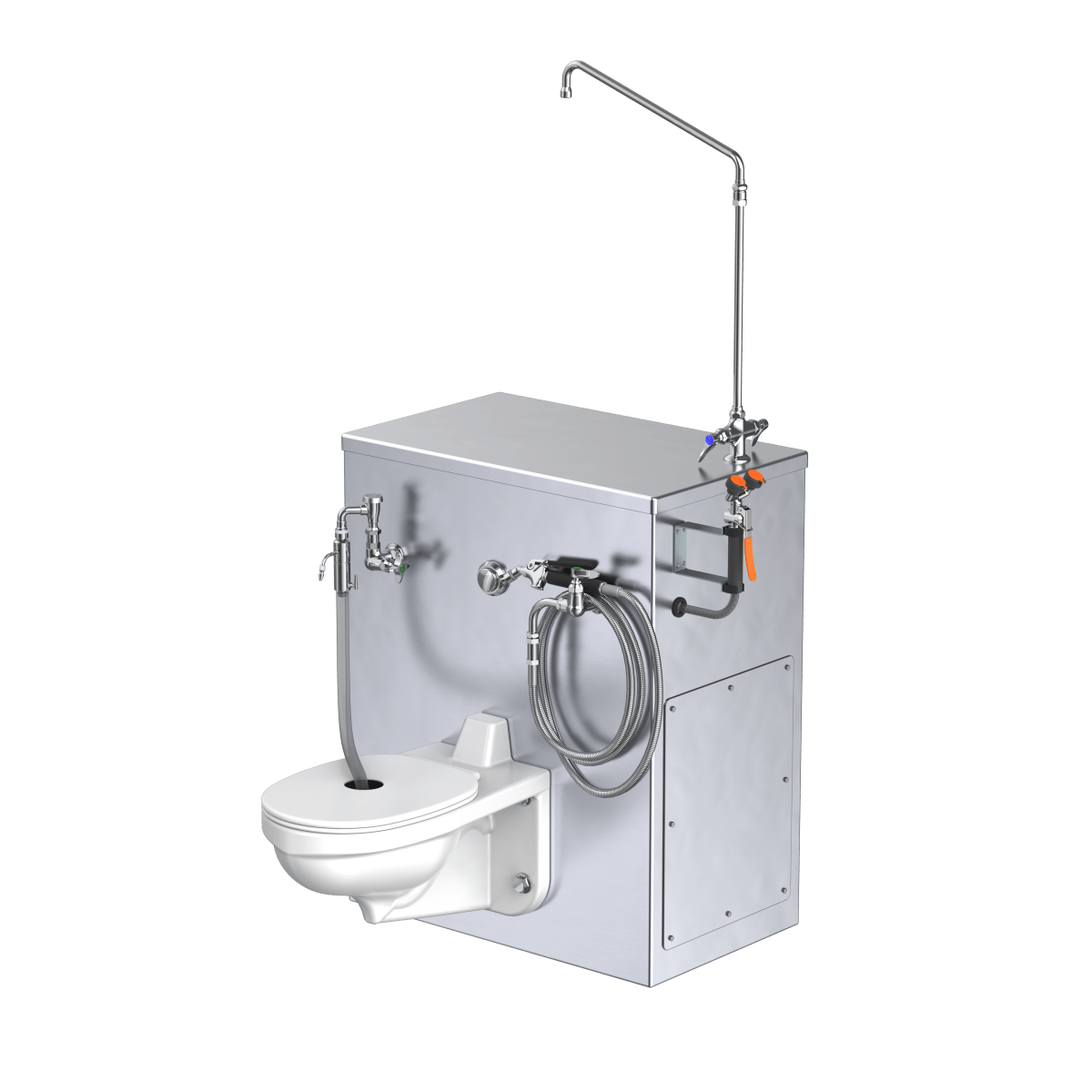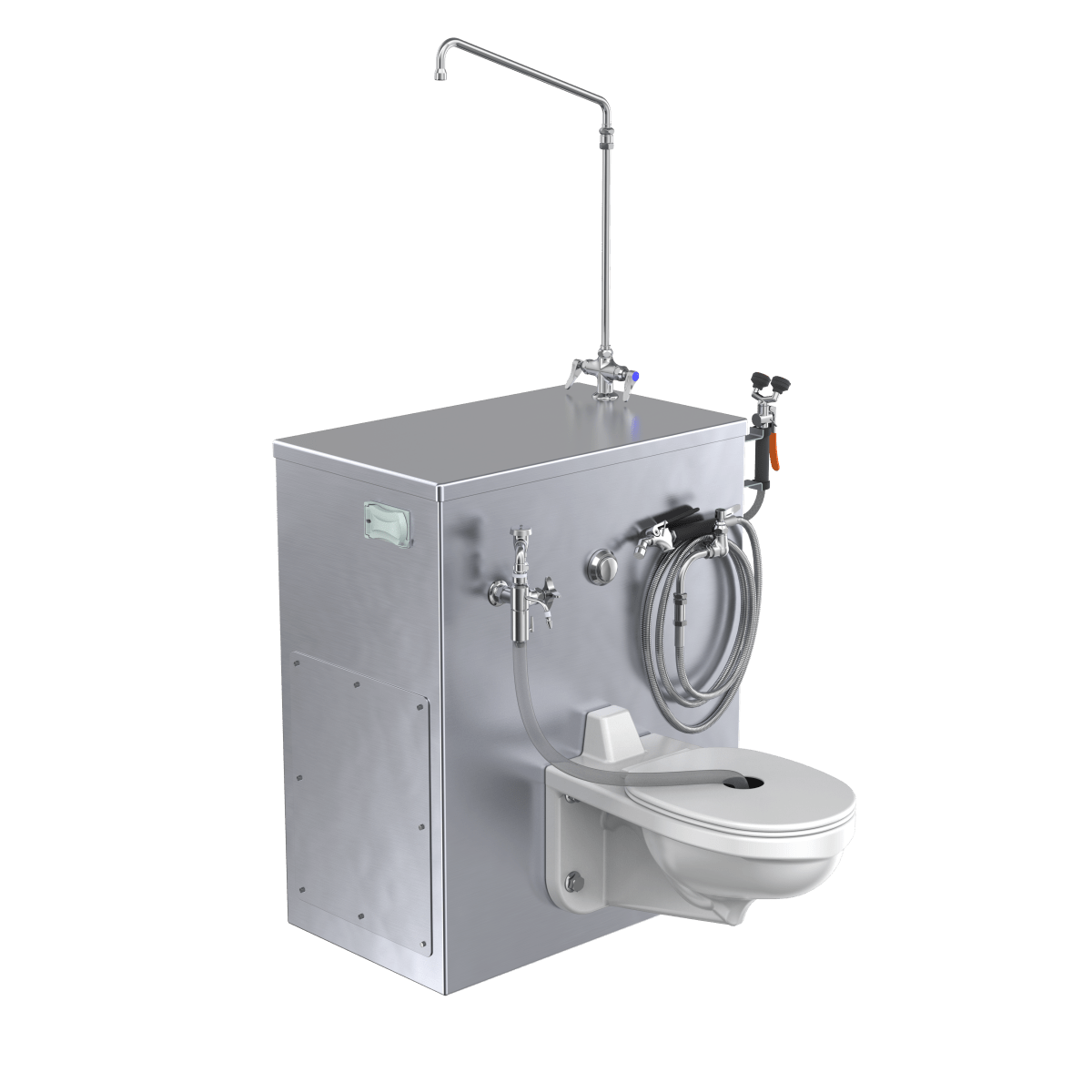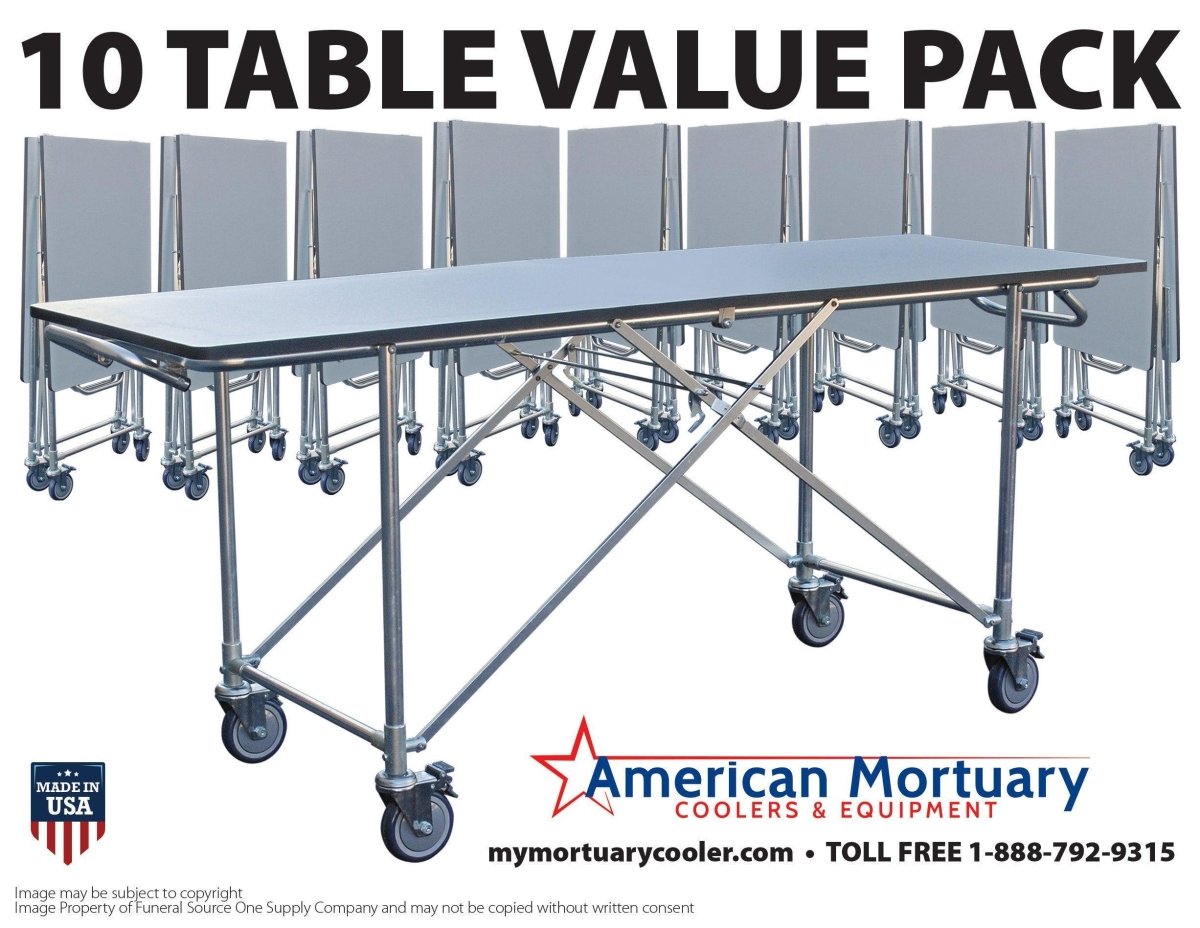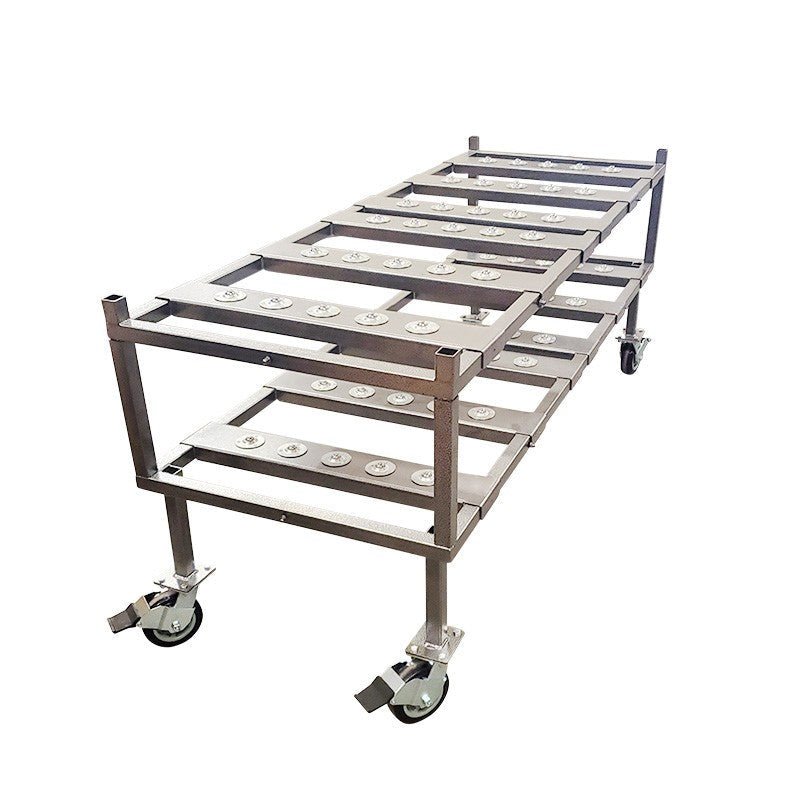Guardians of the Deceased, Stewards of Truth: Inside the Wayne County Medical Examiner's Office Serving Detroit
In the heart of Wayne County, Michigan, at 1300 East Warren Avenue in Detroit, stands an institution pivotal to both public safety and communal well-being: the Wayne County Medical Examiner's Office (WCMEO). This dedicated office, operating under the umbrella of the county's Department of Health, Human & Veterans Services, carries the profound responsibility of investigating deaths that occur under specific, often tragic, circumstances. More than just a facility for determining how and why people die, the WCMEO is a cornerstone of the justice system, a vital partner in public health surveillance, and a source of crucial, albeit difficult, answers for grieving families across Detroit and the 42 other communities within Wayne County.
Led by Chief Medical Examiner Dr. Lokman Sung and Director Ms. Charli E. Rose, the WCMEO operates with a mission grounded in Michigan law: "To identify, investigate, and determine the cause and manner of death of people who die in the County of Wayne under the circumstances or conditions described by Act No. 92 of the Michigan Public Acts of 1969." This mandate translates into a complex, around-the-clock operation involving meticulous forensic science,compassionate outreach, and unwavering objectivity. With over 13,000 death reports fielded annually and approximately 3,000 to 3,500 cases requiring in-depth examination, the WCMEO is a busy, dynamic entity reflecting the challenges and realities of a major American urban center.
This article will venture deep into the operations of the Wayne County Medical Examiner's Office, exploring its legal framework, the scientific disciplines it employs, its historical context, its critical community partnerships, and the dedicated professionals who undertake this demanding yet essential work.
The Legal Compass: Michigan Law and the WCMEO's Mandate
The duties and authority of the Wayne County Medical Examiner's Office are clearly delineated by Michigan Compiled Laws, particularly sections pertaining to county medical examiners (e.g., MCL 52.201 et seq.). These statutes require a licensed physician to be appointed as medical examiner in each county (in Wayne County, the Chief Medical Examiner is appointed by the County Executive). The law mandates the investigation of specific types of deaths to ensure that those resulting from violence, negligence, unforeseen medical events, or those posing a potential threat to public health are thoroughly scrutinized.
Key responsibilities under Michigan law include:
- Taking Charge of the Body: When notified of a death falling under their jurisdiction, the medical examiner must take charge of the decedent.
-
Investigating Cause and Manner: The primary focus is to determine the cause of death (the specific injury or disease that led to death) and the manner of death. In Michigan, the manner of death is classified as:
- Natural: Death resulting solely or nearly completely from internal disease processes or aging.
- Accident: Death where an injury or poisoning (including drug overdoses) is the cause, and there is little to no evidence of intent to harm.
- Suicide: Death resulting from an intentional, self-inflicted injury or poisoning.
- Homicide: Death resulting from a volitional act committed by another person intended to cause fear, harm,or death (intent to cause death is common but not required for this classification).
- Indeterminate (or Undetermined): When, after a complete investigation, the available information is insufficient to assign a specific manner.
- Performing Autopsies: The medical examiner has the authority to order an autopsy if deemed necessary to establish or confirm the cause and manner of death.
- Identification: Ascertaining the identity of the deceased and notifying the next of kin.
- Documentation: Creating detailed written records of all findings and circumstances.
- Cremation Permits: Reviewing applications for cremation permits to ensure no death requiring investigation is overlooked.
When the WCMEO Investigates: Types of Reportable Deaths
The circumstances that trigger an investigation by the WCMEO are broad, reflecting the legal mandate to protect both individual and public interests. These typically include:
- Violent Deaths: All homicides, suicides, and accidental deaths (e.g., motor vehicle crashes, falls, drownings, burns,industrial accidents, firearm incidents).
- Sudden and Unexpected Deaths: Deaths of individuals who were in apparent good health, or whose deaths were not anticipated by a physician.
- Suspicious Deaths: Any death where the circumstances are unclear or suggest foul play, abuse, or neglect.
- Unattended Deaths: When a physician was not in attendance shortly before death, or when the attending physician is unable or unwilling to certify the cause of death. Michigan law specifies if a physician hasn't attended the deceased within 48 hours prior to death.
- Deaths in Custody: Any death occurring while an individual is in jail, prison, police custody, or a state institution (other than a hospital under specific conditions).
- Deaths Due to Drugs or Poisons: Including illicit drug overdoses, medication errors, or exposure to toxic substances.
- Certain Deaths of Children and Infants: Including Sudden Unexpected Infant Death (SUID).
- Deaths Posing a Potential Threat to Public Health: Such as those due to certain infectious diseases.
- Deaths Occurring During or as a Result of Diagnostic or Therapeutic Procedures under certain circumstances.
Upon receiving notification of such a death, often from law enforcement, hospitals, or funeral directors, the WCMEO initiates its investigative process.
The First Responders of Death Investigation: WCMEO Investigators
The Investigative Department at WCMEO (reachable at (313) 833-2570) is the frontline of the office's operations.Medicolegal Death Investigators (MDIs) are tasked with gathering the initial, critical information surrounding a death.Their responsibilities are extensive:
- Scene Response: MDIs may travel to death scenes—homes, public places, accident sites—to conduct on-site examinations of the decedent and the environment.
- Documentation: Meticulous documentation is paramount. This includes taking photographs, detailed notes of observations, and sketching the scene if necessary.
- Information Gathering: They interview family members, witnesses, law enforcement personnel, and healthcare providers to obtain comprehensive information about the decedent's medical history, social history, and the circumstances leading to their death. This requires exceptional communication skills and empathy.
- Initial Body Assessment: Investigators make preliminary observations about the decedent's condition, noting any obvious injuries or signs relevant to the death.
- Evidence and Property: They ensure any personal property on the decedent is accounted for and liaise with law enforcement regarding the collection of any potential forensic evidence.
- Identification: They play a key role in the initial efforts to identify the decedent.
- Coordination: MDIs coordinate the respectful transportation of the decedent to the WCMEO facility for further examination by a forensic pathologist.
Operating in a city like Detroit and the diverse communities of Wayne County presents unique challenges, from complex urban crime scenes to dealing with families from varied cultural backgrounds during moments of intense grief.
The Science of Determining Why: Forensic Pathology at WCMEO
At the core of the WCMEO's scientific mission is the Division of Forensic Pathology. Here, board-certified forensic pathologists—physicians with specialized training in the medical and scientific investigation of death—conduct detailed examinations to determine the cause and manner of death.
- The Autopsy Decision: An autopsy is not performed in every case. The decision rests with the forensic pathologist after a thorough review of the investigator's report, the decedent's medical history, and the circumstances surrounding the death. In some instances, an external examination combined with a review of records may provide sufficient information.
-
The Autopsy Procedure: When an autopsy is necessary, it is a highly specialized and respectful surgical procedure, typically lasting 2-3 hours, though complex cases can take longer. It involves:
- External Examination: A detailed recording of the body's external appearance, including height, weight,identifying features (scars, tattoos), and any evidence of injury or disease.
- Internal Examination: A systematic examination of all internal organs, including the brain. Organs are weighed, dissected, and examined for injury or natural disease processes.
- Specimen Collection: Samples of blood, urine, vitreous humor (eye fluid), bile, and tissues from various organs are routinely collected. These are preserved for ancillary studies such as forensic toxicology,histology, microbiology, or DNA analysis if needed.
- Religious Objections: The WCMEO acknowledges religious objections to autopsy. Families can file a legal certificate of religious belief. While the office tries to accommodate these wishes, an autopsy may still be required by law, especially in cases involving children or when necessary to fulfill state-mandated functions or assist law enforcement.
Forensic pathologists at WCMEO are also responsible for preparing detailed written autopsy reports, which document their findings and conclusions. These reports are vital legal documents.
Specialized Forensic Support Services
The determination of cause and manner of death often relies on more than just the gross autopsy findings. The WCMEO utilizes several specialized forensic services:
- Forensic Toxicology Laboratory: This critical lab analyzes biological specimens for the presence and concentration of alcohol, prescription and over-the-counter medications, illicit drugs (a significant factor in many urban deaths, including the ongoing opioid crisis), and other poisons or toxins. The results often play a decisive role in understanding the physiological events leading to death, especially in cases of suspected overdose or impaired states contributing to accidents.
- Histology: Microscopic examination of tissue samples prepared by histology technicians allows pathologists to identify disease processes, cellular injuries, and other subtle findings not visible to the naked eye. This can be crucial in differentiating natural diseases from injuries or in dating injuries.
- Forensic Anthropology and Odontology: While not explicitly detailed as in-house units in all search snippets for WCMEO, medical examiner offices in large jurisdictions frequently utilize the expertise of forensic anthropologists (for skeletal remains, decomposed bodies, trauma analysis, and biological profiling) and forensic odontologists (for dental identification). The University of Michigan fellowship program's curriculum, which involves WCMEO,includes exposure to these disciplines, suggesting access to such expertise.
- Forensic Photography and Evidence Handling: Proper documentation through photography and meticulous handling of any physical evidence associated with a case are standard operating procedures.
Restoring Identity: Giving a Name to the Departed
Establishing the positive identification of every decedent is a fundamental and compassionate duty of the WCMEO. This process is crucial for legal proceedings, settling estates, and, most importantly, providing closure to grieving families. The WCMEO employs various methods:
- Visual Identification: Next-of-kin may be asked to make a visual identification, which is typically conducted using a monitor in a viewing room at the WCMEO facility. A government-issued photo ID is required from the person making the identification.
- Fingerprints: Comparison with local, state, and national fingerprint databases.
- Dental Records: Comparison of postmortem dental findings with antemortem records obtained from the decedent's dentist.
- Medical Records and Radiographs: Unique medical conditions, surgical implants (which often have serial numbers), or old skeletal injuries visible on X-rays can aid in identification.
- DNA Analysis: Comparing DNA profiles from the decedent with known antemortem samples or with samples from presumed family members for kinship analysis.
- Anthropological Examination: For skeletal or badly decomposed remains, forensic anthropologists can develop a biological profile (age, sex, ancestry, stature) to narrow down possibilities.
- Circumstantial Evidence: Personal effects, clothing, and information about where the decedent was found can provide valuable clues.
The WCMEO also maintains information on Unclaimed and Unidentified Persons, working diligently to resolve these cases and connect individuals with their families.
A Mark of Excellence: NAME Accreditation
The Wayne County Medical Examiner's Office has earned and maintained full accreditation from the National Association of Medical Examiners (NAME) since 2012. NAME accreditation is the gold standard for medicolegal death investigation offices in the United States. It signifies that the WCMEO meets rigorous, nationally recognized standards for its facilities, policies, procedures, staffing, ethics, and overall quality of operations. This voluntary accreditation process involves comprehensive self-assessment, detailed documentation, and an on-site inspection by NAME-trained forensic pathologists. Achieving and maintaining NAME accreditation demonstrates the WCMEO'
#HowNYCInvestigatesDeaths #WhatIsAForensicAutopsyNYC #NYCDNALabServices #RoleOfMedicalExaminerNYC #HistoryOfNYCOCME #911VictimIdentificationProcess #OpioidDeathsNYCdata #ForensicAnthropologyInNYC #GettingAutopsyReportNYC #CareersInNYCForensics #NYCMedicalExaminerResponsibilities #UnderstandingNYCMannerOfDeath #ForensicToxicologyTestingProcessNYC #DNAEvidenceInNYCCases #DisasterResponseTrainingNYCME #PublicHealthDataFromNYCOCME #WorkingWithNYPDOCME #ForensicPathologyTrainingNYC #NYCOCMEFamilyAssistance #AccessingNYCDeathRecords #NYCOCMEPioneeringForensics #MassFatalityManagementNYC #ForensicAdvancementsAtOCME #NYCdeathSceneInvestigation #UnexplainedDeathsNYC #SuddenDeathInvestigationNYC #ForensicScienceJobsNYC #WorldTradeCenterForensicEffort #NYCMolecularAutopsy #GeneticCounselingOCME#ManhattanDeathInvestigation #BrooklynForensicPathology #QueensToxicologyLab #BronxDNAanalysis #StatenIslandMEcases #NYCboroughForensics #ServingAllFiveBoroughs #ForensicsAcrossNYC #ManhattanMedicolegal #BrooklynAutopsies #QueensCountyMEservices #BronxCountyForensics #RichmondCountyME #SolvingMysteriousDeathsNYC #IdentifyingUnknownNYCdecedents #UnderstandingEpidemicsNYCME #SupportForNYCfamiliesInLoss #AccurateDeathCertificatesNYC #JusticeThroughScienceNYC #AnswersWhenLovedOnesDieNYC #CombatingDrugDeathsNYC #NYCforensicAnswers #FindingClosureNYC #OldestToxicologyLabUSA #OnlyMEmolecularGeneticsLab #WTCrepository #ForensicEntomologyNYC (if still active and prominent) #OCMEresearch #ForensicTrainingHubNYC #NYCForensicHistory #LeadingEdgeForensicsNYC #CharlesNorrisLegacy #AlexanderGettlerToxicology #MiltonHelpernEra #CharlesHirsch911Leadership
#LearnAboutNYCOCME #NYCOCMEexplained #UnderstandingForensicNYC #NYCMEDisasterPlan #OCMEcommunityImpact #ForensicScienceEducationNYC #SupportNYCForensics #TheScienceBehindJusticeNYC #NYCOCMEhelpingFamilies #PublicRecordAccessNYCME #InsideNYCOCME #ExploreNYCForensics #NYCMEdedication #ProtectingNYChealth #UnveilingTruthNYC #NYCforensicExperts #TrustedForensicSourceNYC #OCMEachievements #NYCdeathInvestigationFacts #ForensicBreakthroughsNYC #ServingTheFiveBoroughsProudly #TheOCMEstory #ImpactOfNYCOCME #MakingADifferenceNYC #CriticalCityAgencyNYC #UnwaveringServiceNYC #NYCOCMEandYou #ForensicHeroesNYC #KeepingNYCSafeThroughScience #PillarsOfNYCjustice


